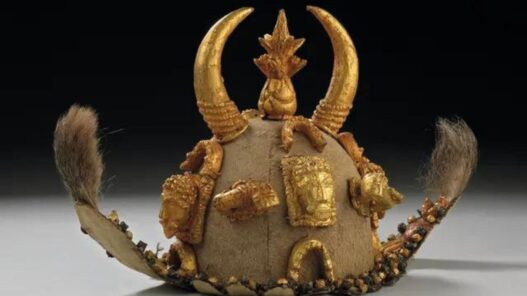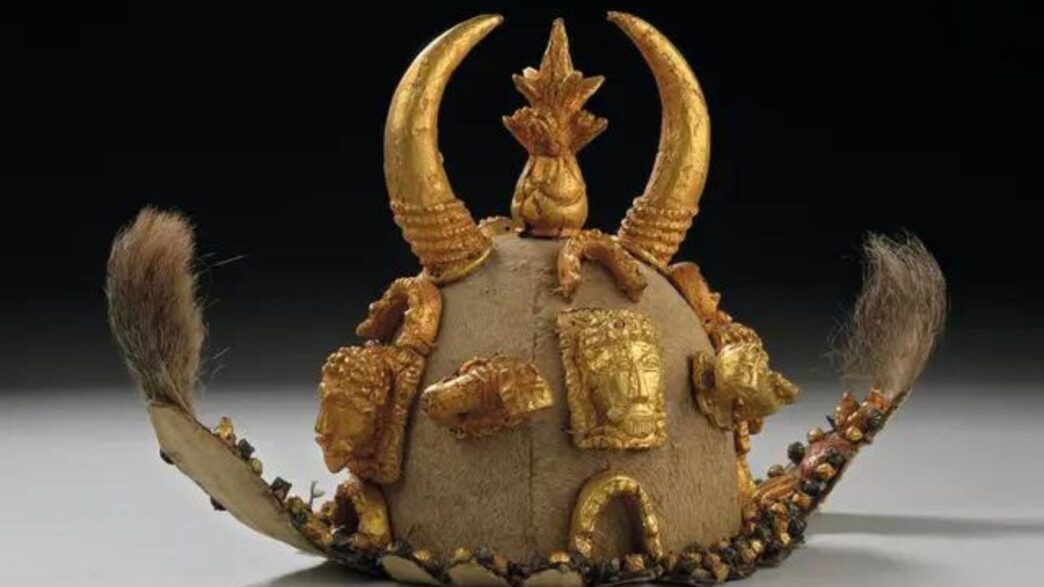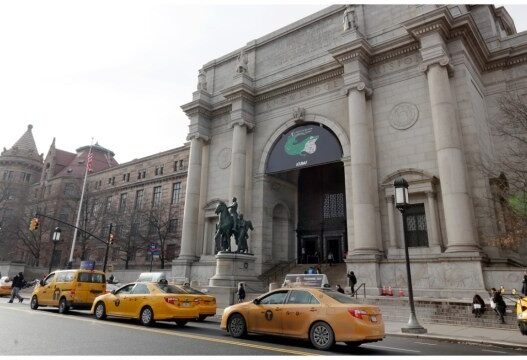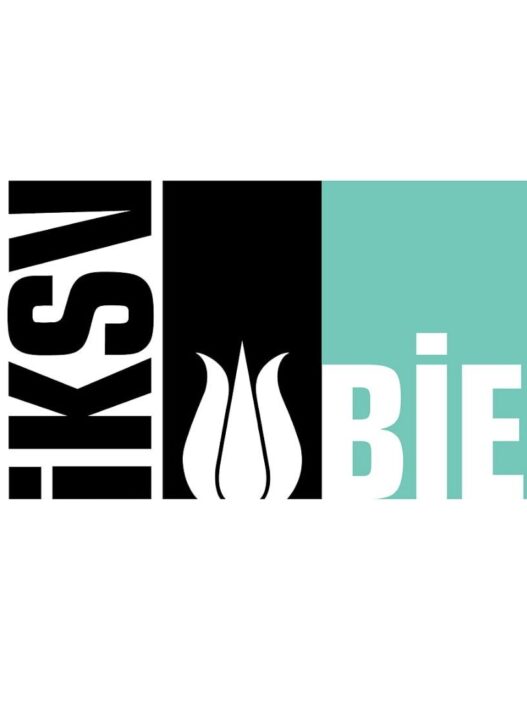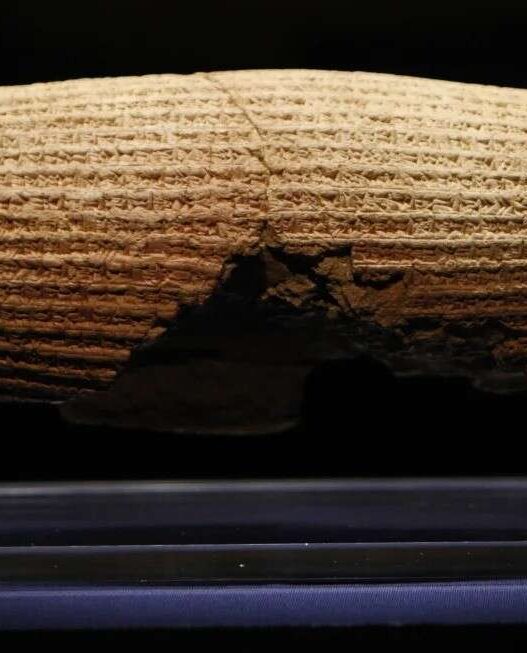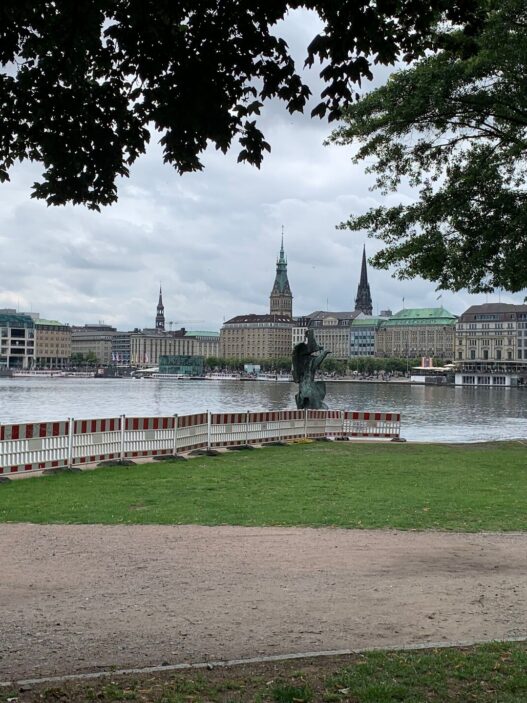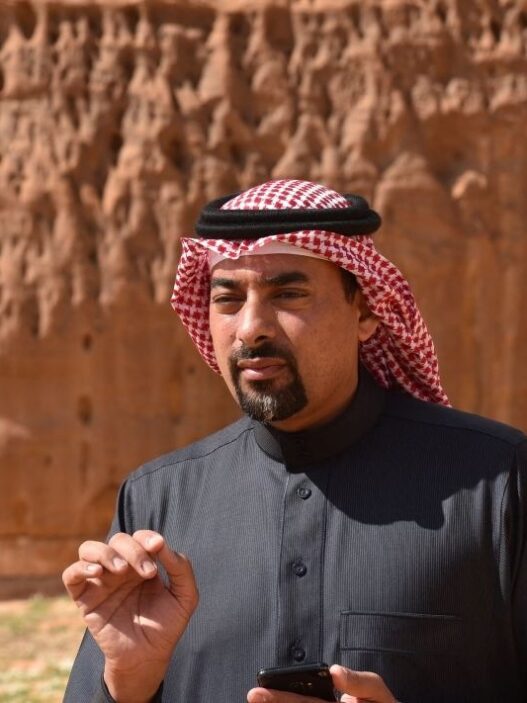Two prominent UK museums, the British Museum (BM) and the Victoria and Albert Museum (V&A), have agreed to return 32 significant pieces of gold regalia to Ghana. These artifacts, which hold immense cultural, historical, and spiritual value to the Asante people, were unjustly seized during British military operations in the 19th century.
The historic agreement was facilitated by a visit to London by the current Asantehene, Osei Tutu II, in May 2022. During his visit, the Asantehene met with the directors of the BM and V&A, initiating discussions that ultimately led to the loan arrangement.
The 32 items, primarily consisting of royal regalia crafted predominantly from gold, will be temporarily returned to Ghana for an initial period of three years. However, the loans are expected to be routinely renewed, ensuring their long-term display at the Manhyia Palace Museum in Kumasi.
The Manhyia Palace Museum, located in the royal compound, underwent renovations and is set to reopen in April 2023, coinciding with the 25th anniversary of the Asantehene’s reign. This momentous occasion also marks 150 years since the punitive expedition of 1874 that resulted in the looting of the royal palace.
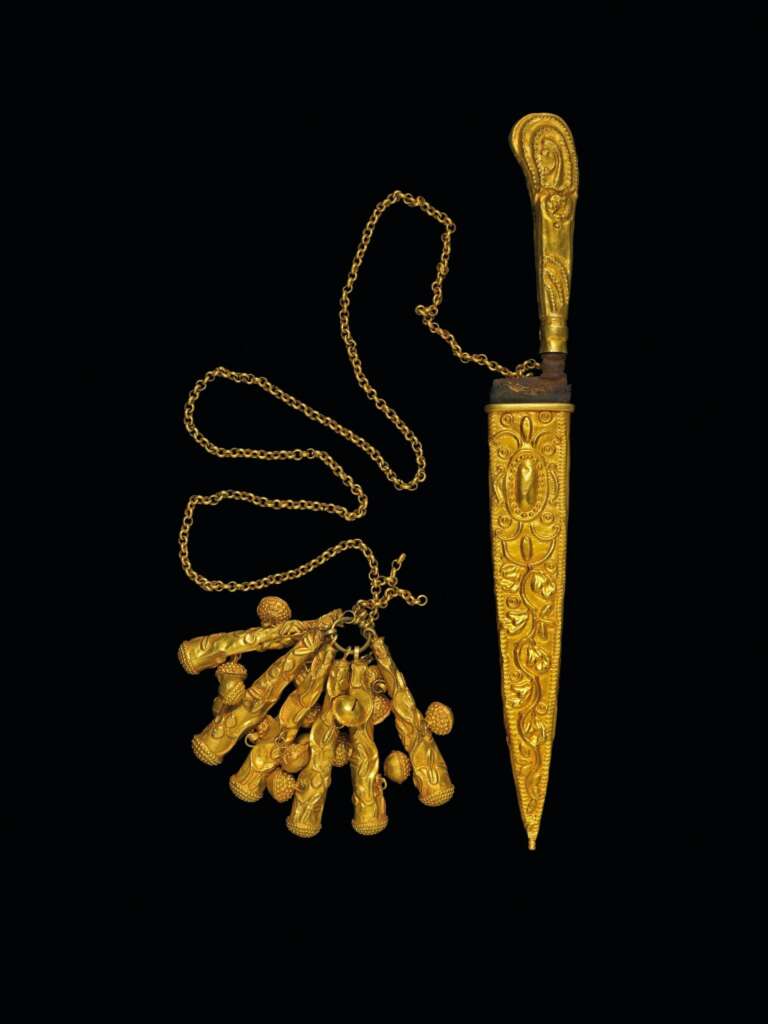
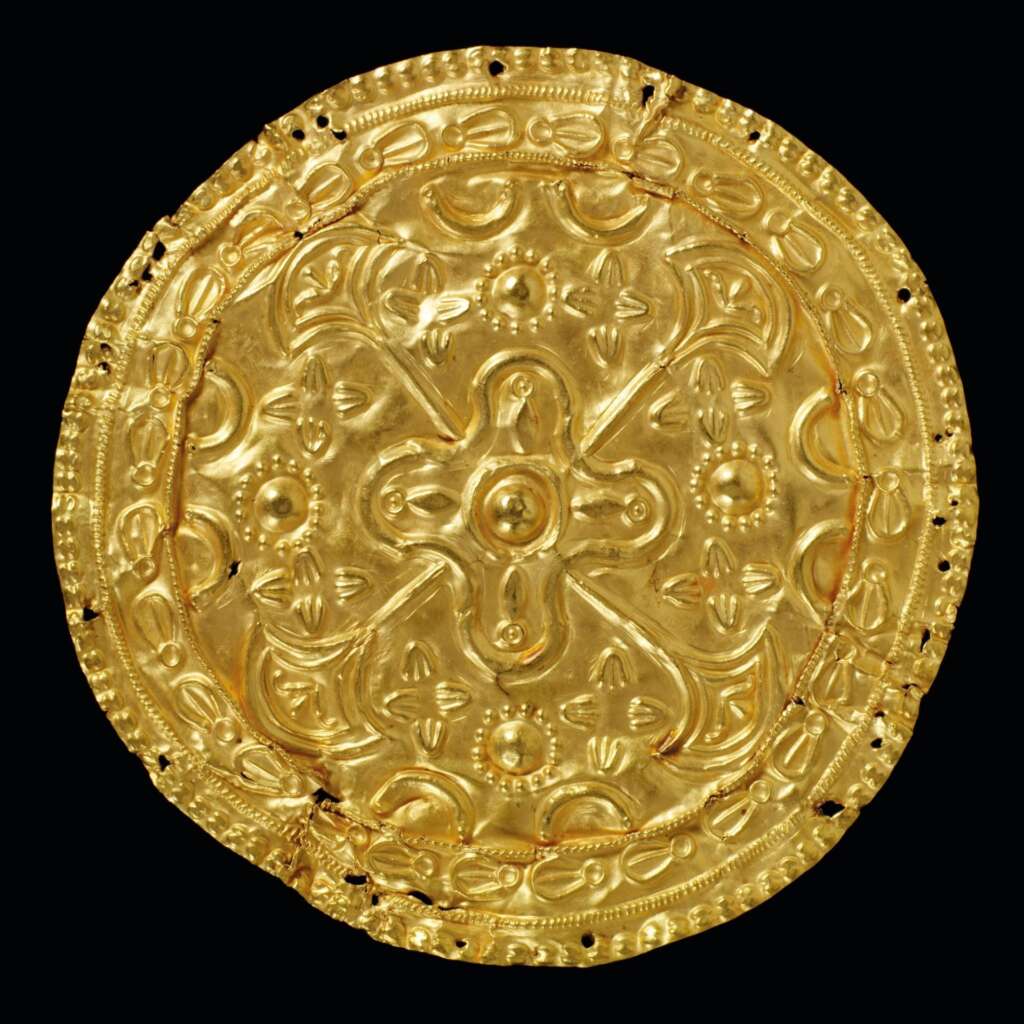
The joint statement issued by the BM and V&A acknowledges the profound significance of the seized objects to the Asante people and recognizes their connection to British colonial history in West Africa. Some of the looted items were forcibly extracted as an indemnity payment from the Asantehene, while others were dispersed among museums and private collectors through auctions.
Among the 17 items being loaned by the V&A is a gold peace pipe, a sacred object used in diplomatic ceremonies. This artifact, acquired at a London auction in 1874, holds immense cultural and historical value. The BM, on the other hand, is lending 15 objects, including a gold miniature lute-harp ornament presented to a British diplomat in 1817.
While the loaned artifacts represent a significant portion of the Asante collections held by the BM and V&A, it is important to note that these institutions possess additional objects acquired through legitimate means. The loans, however, prioritize the return of major works, demonstrating the commitment to rectifying colonial injustices.
This agreement sets a precedent for addressing restitution claims from other African nations seeking the repatriation of cultural artifacts looted during colonial periods. The Ghanaian agreement could serve as a template for the return of objects seized from Benin in 1897 and Ethiopia in 1868.
The repatriation of these precious artifacts marks a pivotal moment in addressing the legacy of colonialism and promoting cultural reconciliation. The return of the Asante gold regalia symbolizes a step towards acknowledging historical wrongs and fostering a more just and equitable relationship between the UK and Ghana.









